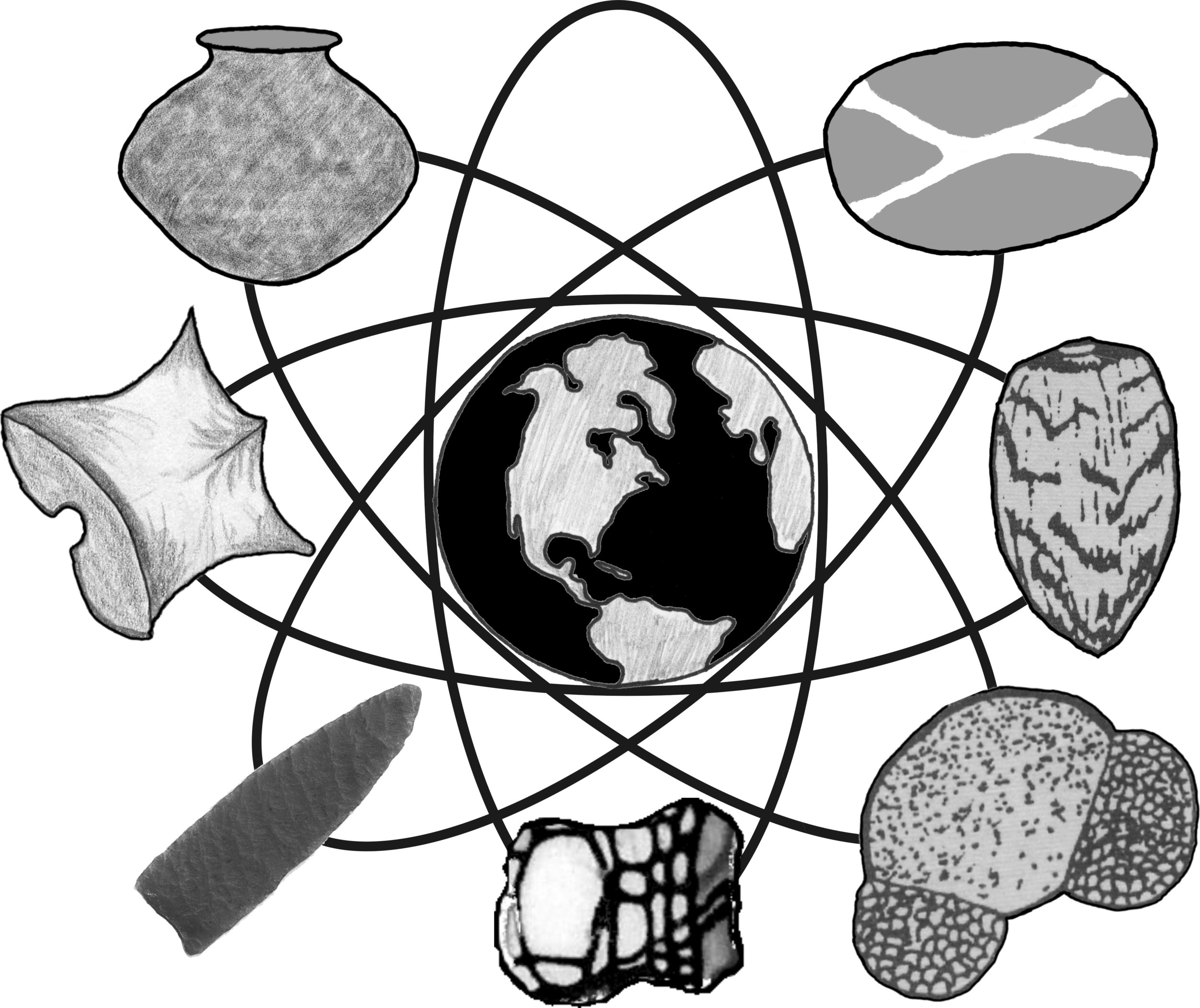X-Ray Fluorescence (XRF)
In XRF, a specimen is bombarded by a beam of x-rays from an x-ray tube or radioactive source. These x-ray displace electrons from the inner orbits of the constituent atoms. These spaces left by these displaced electrons are filled by electrons from the outer orbits. The energy released by this process is emitted by a secondary or “fluorescent” x-ray. The energies of the secondary x-rays are characteristic of individual elements in any given material. Depending on the configuration of the equipment, XRF can identify about eighty elements simultaneously.
Why should archaeologists be interested in XRF?
XRF can be conducted on small objects with virtually no sample preparation. X-ray Fluorescence has been applied to a wide range of archaeological materials including obsidian, pigments, ceramics, metals and chert for the purpose of identifying sources and also for identifying unknown materials.
What kind of samples are required for XRF analysis?
XRF is a semi-quantitative, non-destructive technique. Analysis of standard materials can also improve analytical accuracy. The output of the analysis is a table that delineates the elements observed and their relative quantities.
What else is important to know about XRF analysis?
While XRF analysus does produce the same reading on the exact same sample point, the nature of most objects being analyzed is that they are heterogeneous rather than homogeneous in composition. Therefore non-destructive analyses reflect that heterogeneity, whereas samples that are ground produce more homogeneous results. XRF analysis is not similar to other elemental analysis techniques such as Neutron Activation Analysis. Non-destructive XRF analysis produces data useful in distinguishing most obsidian sources from one another, identifying the elements in pigments and metals, and distinguishing different sources of pottery and chert.

